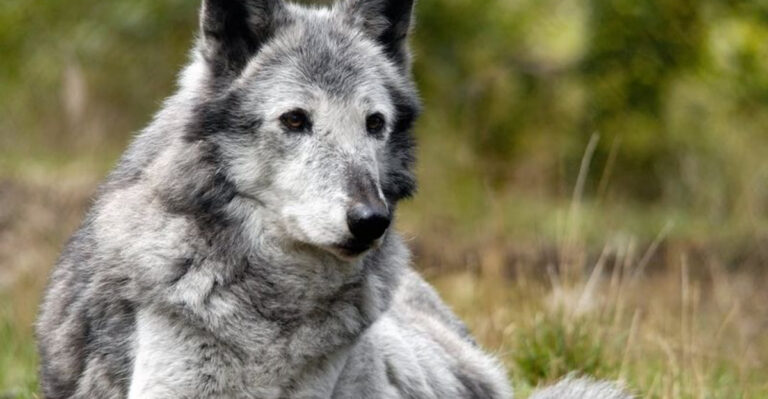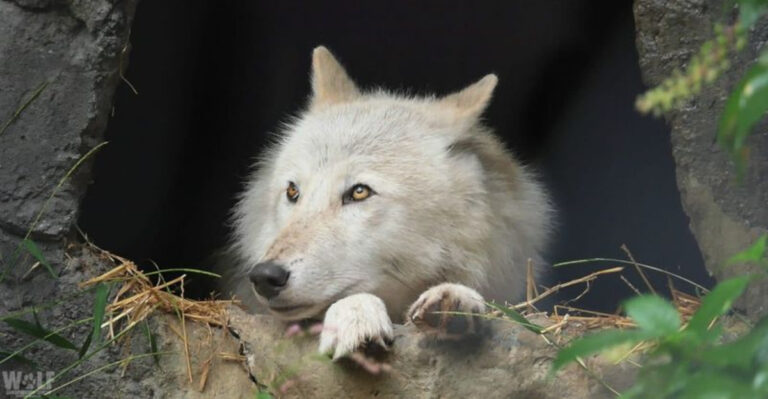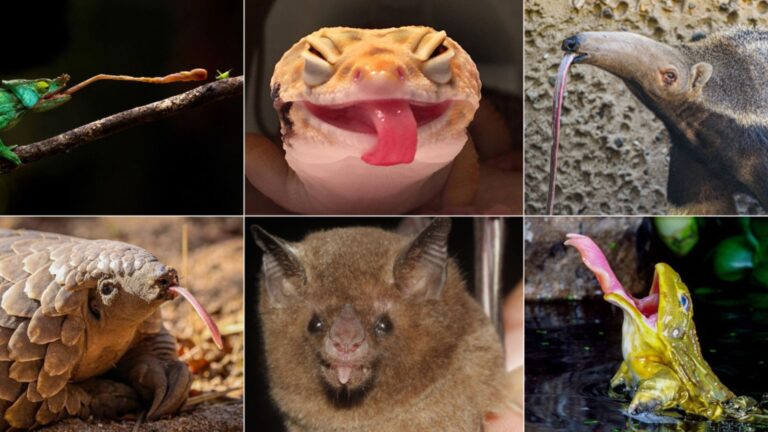Corn Snake Vs. Milk Snake And Their Differences And Similarities
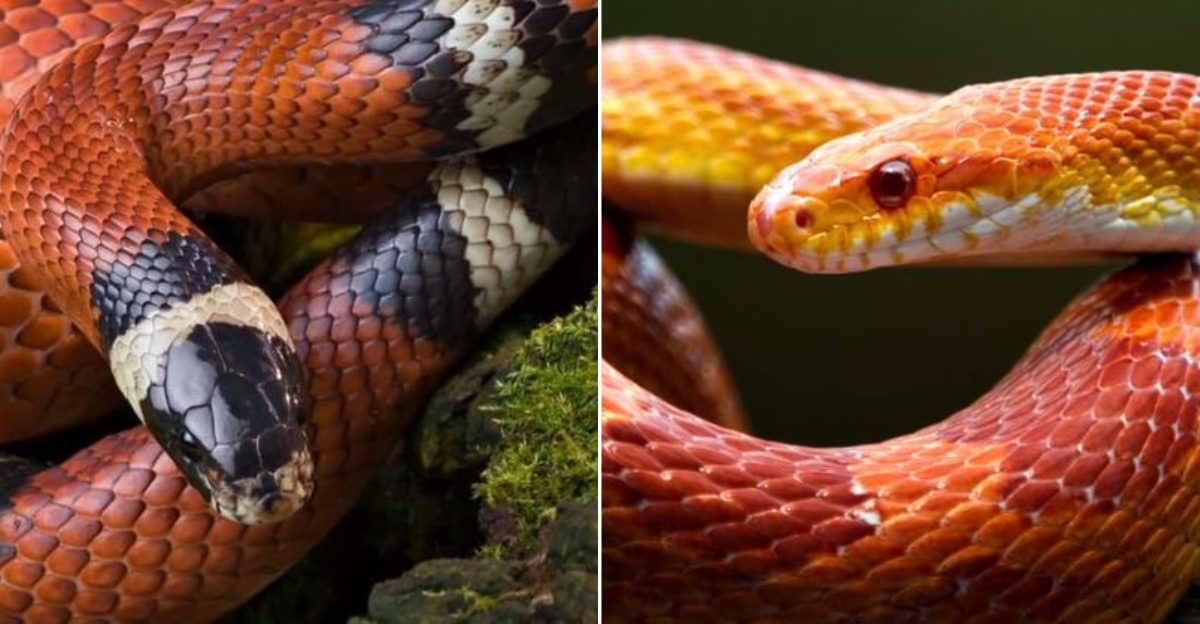
Ever wondered if that slithery creature in your garden is a corn snake or a milk snake? These two colorful reptiles often cause confusion among snake enthusiasts and nervous homeowners alike.
While they share some fascinating traits, they also have distinct characteristics that set them apart. Let’s unravel the mystery between these commonly mistaken serpent cousins!
1. Head Shape Distinction
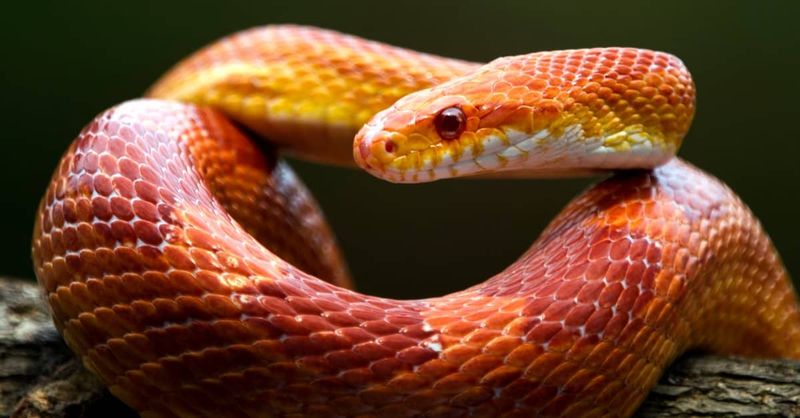
Spot the difference at a glance! Corn snakes have broader, more triangular heads compared to milk snakes’ narrower, more rounded heads.
This subtle variation helps experts identify these lookalikes without handling them. The corn snake’s slightly more pronounced jaw muscles give it that distinctive wider appearance that snake enthusiasts learn to recognize immediately.
2. Vibrant Color Patterns

Corn snakes typically sport bright orange or reddish-brown backgrounds with red-bordered black blotches. Their bellies showcase a distinctive black-and-white checkerboard pattern that’s unmistakable.
Milk snakes, meanwhile, flaunt vibrant red, black, and yellow/white bands that encircle their entire body. These striking bands inspired their nickname as ‘false coral snakes’ since they mimic the venomous coral snake’s warning colors.
3. Size Variations
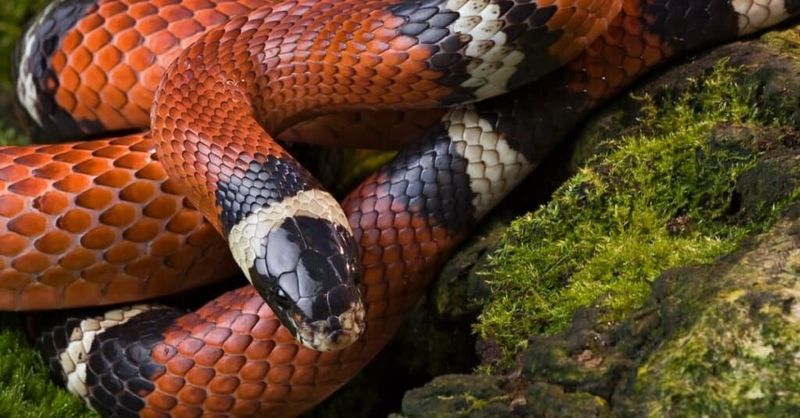
Ready for a growth surprise? Corn snakes typically reach 3-5 feet when fully grown, making them the larger contender in this reptilian rivalry.
Milk snakes stay more compact, usually maxing out between 2-3 feet depending on the subspecies. This size difference becomes apparent as juveniles mature, with corn snakes eventually outgrowing their milk snake counterparts by a noticeable margin.
4. Habitat Preferences
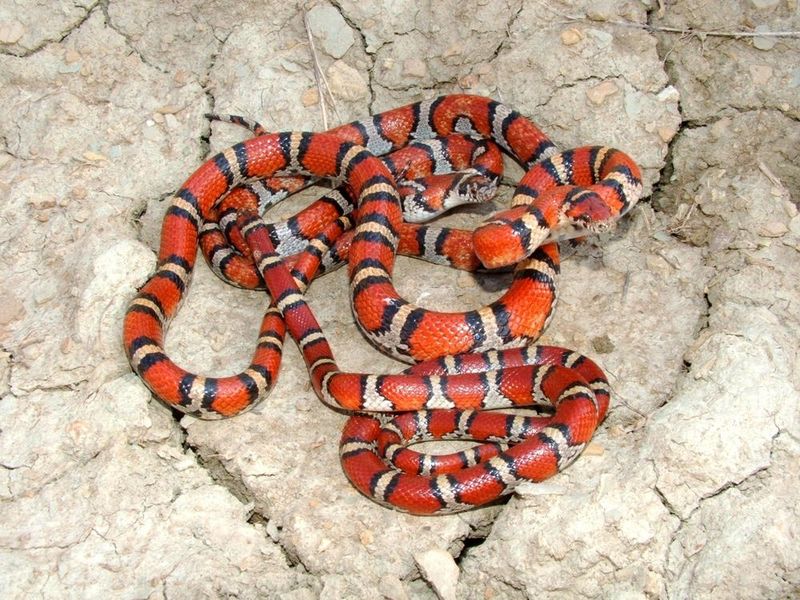
Corn snakes favor the southeastern United States, thriving in forests, abandoned buildings, and farmlands. They’re excellent climbers and often found in trees or rafters.
Milk snakes boast a wider distribution across North, Central, and South America. These adaptable reptiles prefer forests, grasslands, and rocky areas where they can hide under debris. Their expansive range spans from Canada to Ecuador!
5. Temperament Differences
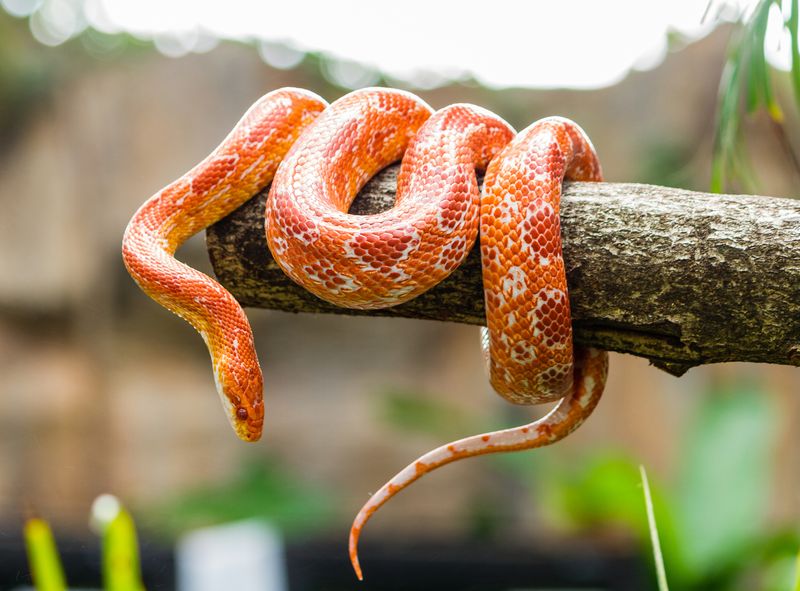
Corn snakes win the personality contest with their notably docile nature. First-time snake owners adore them because they rarely bite and calm down quickly after being startled.
Milk snakes tend to be more skittish and defensive initially. They might vibrate their tails or release musk when frightened. With regular handling, though, they typically become more relaxed—just expect a longer adjustment period compared to their corn snake cousins.
6. Feeding Behaviors
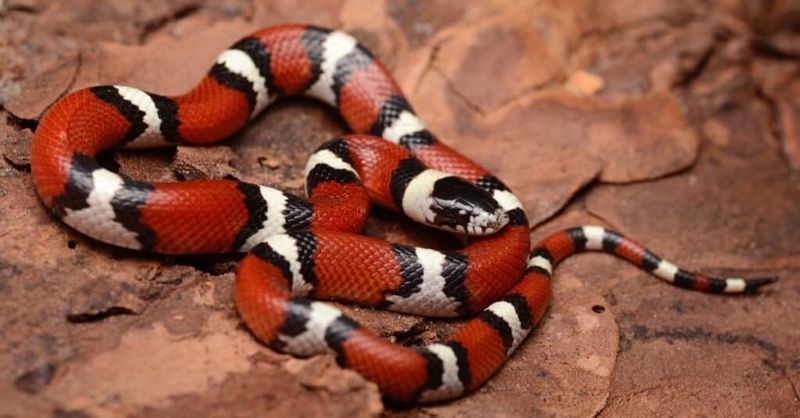
Mealtime reveals another key difference! Corn snakes primarily target rodents like mice and rats, occasionally snacking on birds or their eggs. Their hunting style focuses on larger prey items.
Milk snakes have more varied appetites, happily munching on rodents, lizards, birds, eggs, and even other snakes! Their diverse diet reflects their adaptability across different environments. These opportunistic feeders will tackle anything they can overpower.
7. Shedding Frequency
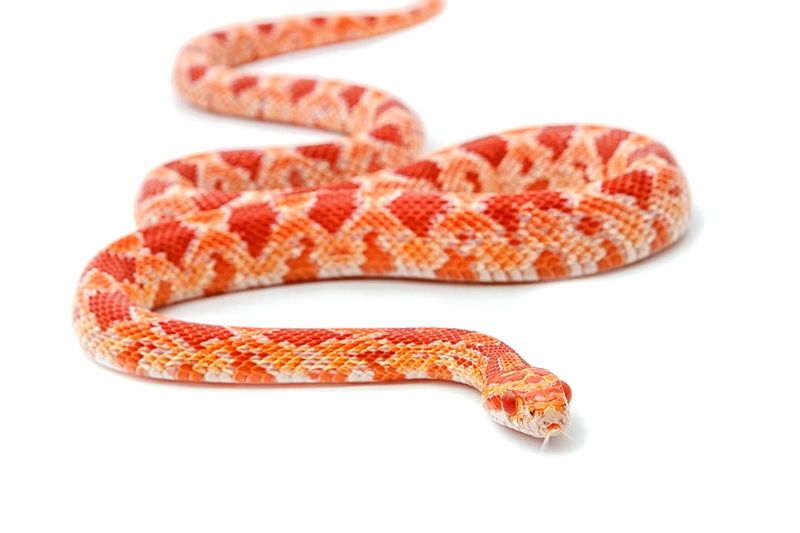
Growth cycles create another observable difference. Corn snakes typically shed 4-5 times yearly as adults, with younger snakes shedding more frequently during their rapid growth phase.
Milk snakes often shed more frequently, averaging 6-8 times annually. Their eyes turn bluish-gray before shedding begins for both species, but milk snakes generally complete the entire process more rapidly than corn snakes, usually finishing within 24-48 hours.
8. Subspecies Count
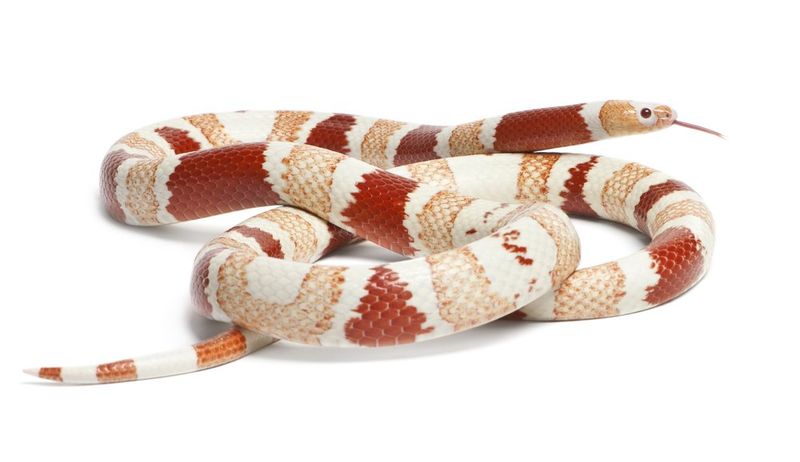
Numbers reveal an interesting contrast! Corn snakes have relatively few recognized subspecies—just 5 variants with subtle differences in patterns and regional adaptations.
Milk snakes boast an impressive diversity with 24 recognized subspecies! From the scarlet king snake to the Sinaloan milk snake, this group showcases remarkable variety. Each subspecies features unique color intensities, band patterns, and geographic adaptations across their extensive range.
9. Similar Egg-Laying Habits
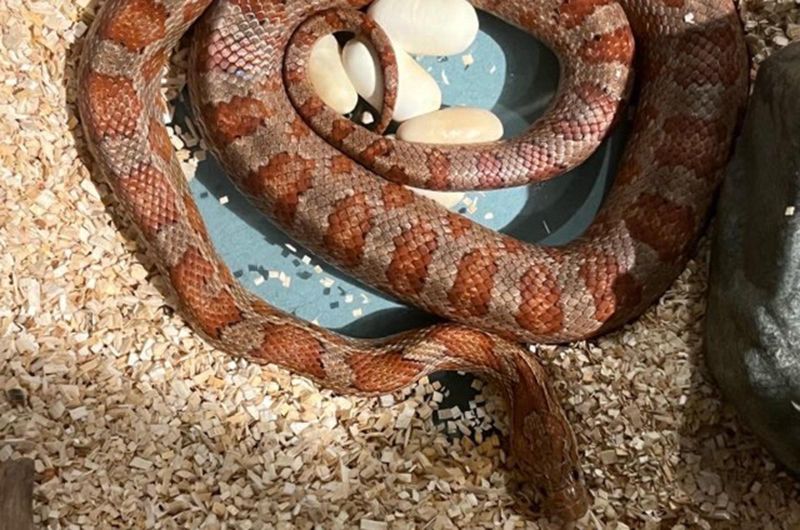
Baby snake season brings these species together! Both corn and milk snakes are oviparous, meaning they lay eggs rather than give live birth like some other snake species.
Female corn snakes typically produce 10-30 eggs per clutch, while milk snakes lay 3-15 eggs. Both species seek out warm, protected locations for their precious clutches. After depositing their eggs, neither mom sticks around—they leave their offspring to fend for themselves.
10. Shared Constrictors Method
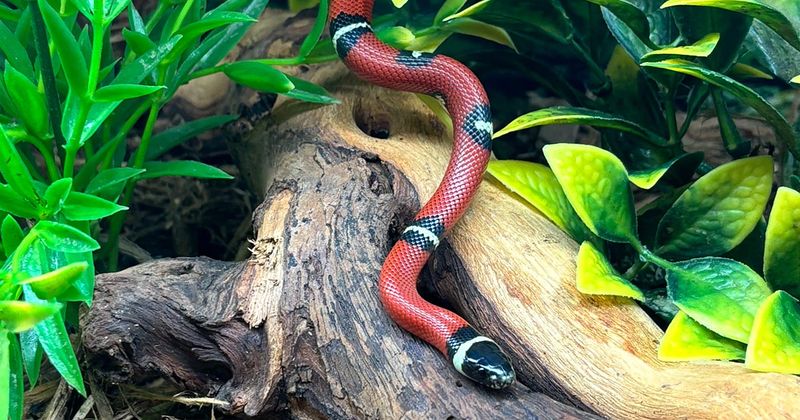
Hunting tactics unite these snakes in deadly efficiency. Both species are constrictors that ambush prey, striking quickly and immediately wrapping their bodies around victims in tight coils.
Neither relies on venom to subdue dinner. Instead, they squeeze until the prey’s circulation stops, causing rapid unconsciousness. This identical hunting strategy works perfectly for their similar prey choices and has evolved independently in many snake families.
11. Matching Nocturnal Tendencies
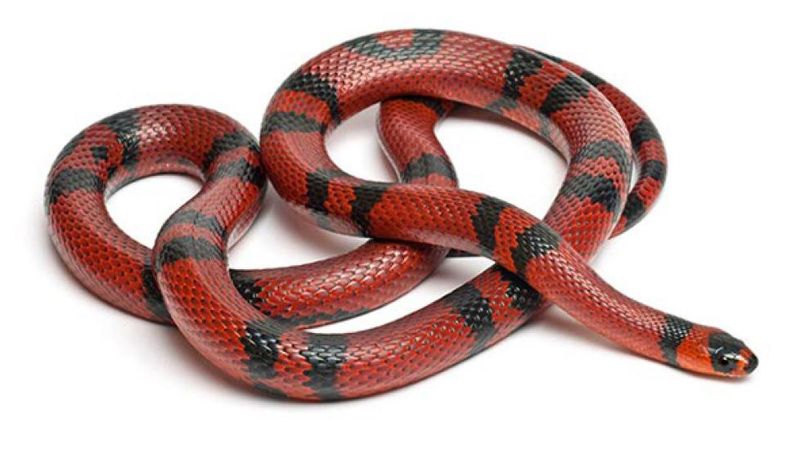
As the sun sets, both snakes spring into action! Corn and milk snakes share crepuscular to nocturnal activity patterns, becoming most active during dawn, dusk, and nighttime hours.
During hot summer days, they seek cool shelter and emerge when temperatures drop. Their specialized heat-sensing abilities help them navigate and hunt in low light. This shared schedule helps them avoid daytime predators while targeting prey that’s active after dark.
12. Comparable Lifespans
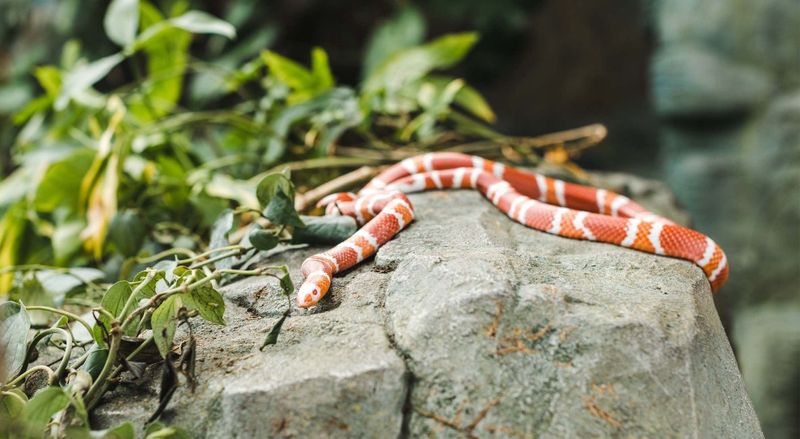
Time treats these serpents similarly! Both corn and milk snakes enjoy impressively long lives in captivity, typically ranging from 15-20 years with proper care.
Their wild counterparts usually live shorter lives of 6-8 years due to predators, disease, and environmental challenges. This longevity factor makes both species significant commitments for pet owners. With optimal conditions, some specimens have even reached their mid-20s!


